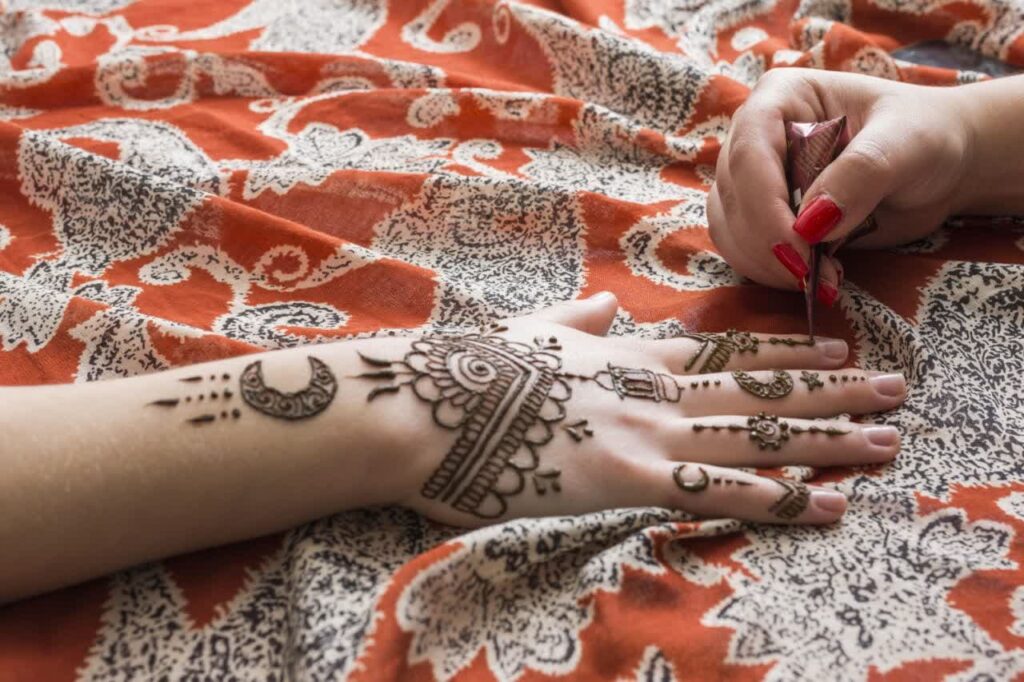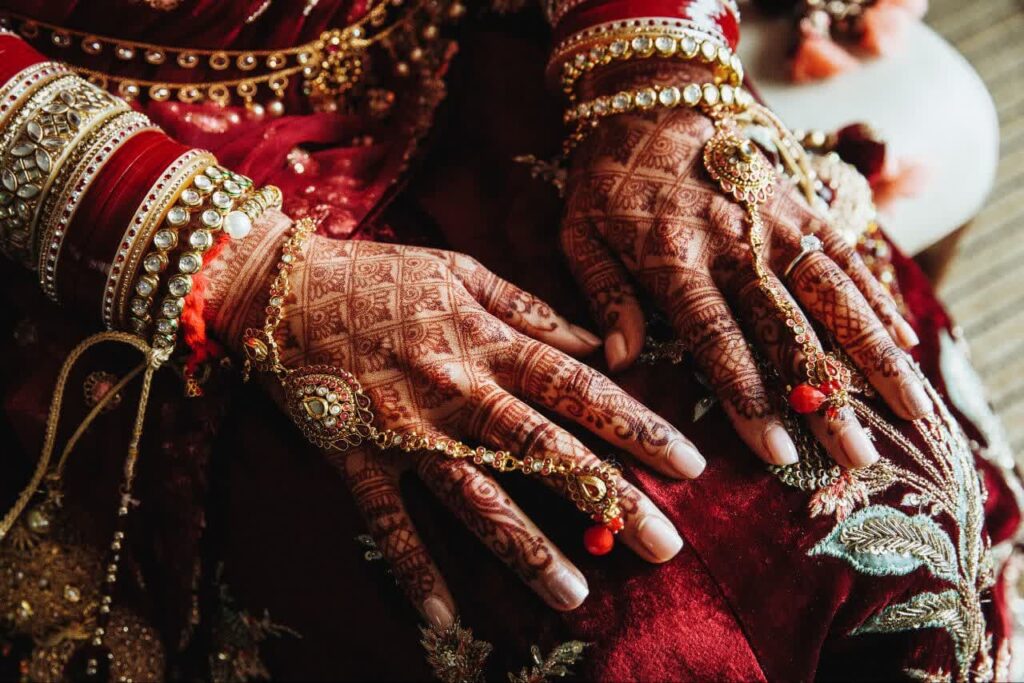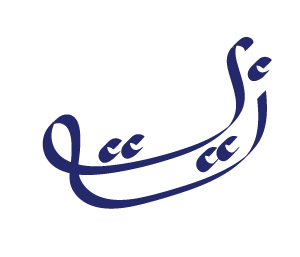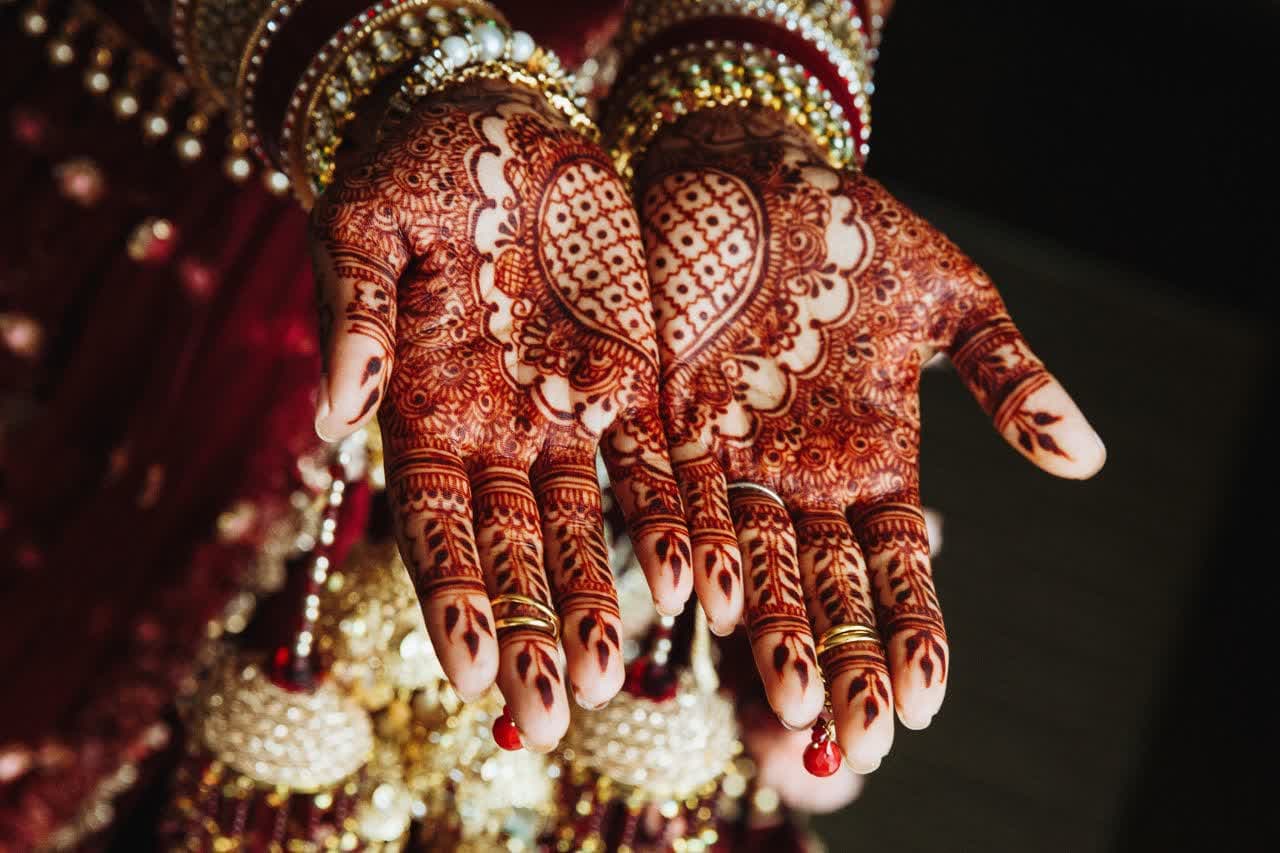Introduction
Henna artistry, also known as Mehndi, is a cultural tradition with roots dating back thousands of years. Originating in ancient civilizations across regions like India, the Middle East, and North Africa, henna has been an integral part of various cultural ceremonies and rituals. In recent times, henna designs have evolved beyond traditional contexts, gaining popularity as a trendy form of body art and self-expression. This article explores the rich history and cultural significance of henna designs, as well as their modern-day adaptation and influence.

Historical Roots of Henna
Henna art has deep historical roots, with evidence of its use dating back to ancient civilizations. In India, henna has been a symbol of joy and celebration, often used in weddings, festivals, and religious ceremonies. In the Middle East and North Africa, henna has similar cultural significance, with intricate designs adorning the hands and feet of women during special occasions. The motifs and patterns used in henna designs are steeped in symbolism, representing blessings, fertility, and protection from evil spirits.
Cultural Diversity in Henna Art
One of the most fascinating aspects of henna art is its cultural diversity. Each region and culture has its unique henna traditions, with distinct design elements and motifs. In India, bridal henna is a elaborate affair, with intricate patterns covering the hands and feet of the bride. Arabic henna designs, on the other hand, are known for their bold lines and geometric shapes. Moroccan henna art often incorporates floral patterns and motifs inspired by nature. African henna designs feature bold, tribal-inspired patterns that reflect the continent’s rich cultural heritage.

The Art of Henna Application
Applying henna is a skilled art form that requires precision and expertise. Henna paste, made from crushed henna leaves and other natural ingredients, is applied to the skin using a cone or syringe-like applicator. The paste is left to dry for several hours, during which it stains the skin, leaving behind a temporary tattoo. After the paste is removed, the henna design gradually darkens over the next 24 to 48 hours, resulting in a rich, reddish-brown color. Skilled henna artists can create intricate and beautiful designs, ranging from delicate floral patterns to elaborate geometric motifs.

Modern Trends in Henna Designs
In recent years, henna designs have experienced a resurgence in popularity, fueled in part by social media and the global fashion industry. Henna has become a trendy form of body art, with enthusiasts around the world experimenting with different styles and techniques. Contemporary henna designs often incorporate modern elements, such as geometric shapes, abstract patterns, and even portraits. Henna artists share their work on platforms like Instagram and Pinterest, inspiring others to embrace henna as a form of artistic expression and cultural celebration.
Benefits of Henna
Henna offers a plethora of natural benefits for the skin, making it a popular choice for cosmetic and medicinal purposes. Here are some of the key advantages:
1. Cooling Effect: Henna has a natural cooling effect on the skin, making it particularly soothing during hot weather or after sun exposure. When applied topically, henna paste can help alleviate heat-related discomfort and reduce inflammation.
2. Antibacterial Properties: Henna possesses antibacterial properties that can help cleanse the skin and prevent bacterial infections. It is often used to treat minor cuts, wounds, and insect bites, as it can help prevent infection and promote healing.
3. Natural Exfoliation: Henna acts as a gentle exfoliant, helping to remove dead skin cells and unclog pores. When applied as a paste and left to dry, henna can be gently rubbed off, taking away impurities and leaving the skin smooth and refreshed.
4. Skin Conditioning: Henna contains natural conditioning agents that can moisturize and nourish the skin. It helps to maintain the skin’s natural moisture balance, preventing dryness and flakiness. Regular use of henna can leave the skin feeling soft, supple, and hydrated.
5. Anti-inflammatory Effects: Henna possesses anti-inflammatory properties that can help reduce redness, swelling, and irritation. It is often used to soothe conditions such as eczema, psoriasis, and dermatitis, providing relief from itching and discomfort.
6. Temporary Tattooing: One of the most well-known uses of henna on the skin is for creating temporary tattoos, also known as mehndi. Henna paste is applied to the skin in intricate designs, which stain the skin temporarily, lasting for a few days to several weeks. These tattoos are popular for cultural celebrations, festivals, and special occasions.
Overall, henna offers a range of natural benefits for the skin, from its cooling and antibacterial properties to its exfoliating and moisturizing effects. Whether used for cosmetic purposes or as a traditional remedy, henna is a versatile and beneficial ingredient for skincare routines.

Conclusion
Henna designs continue to captivate people around the world, bridging the gap between tradition and modernity. Whether it’s for a wedding, festival, or simply as a fashion statement, henna artistry remains a timeless and beloved cultural tradition. As we celebrate the beauty and versatility of henna designs, let us also appreciate the rich cultural heritage and symbolism behind this ancient art form.

